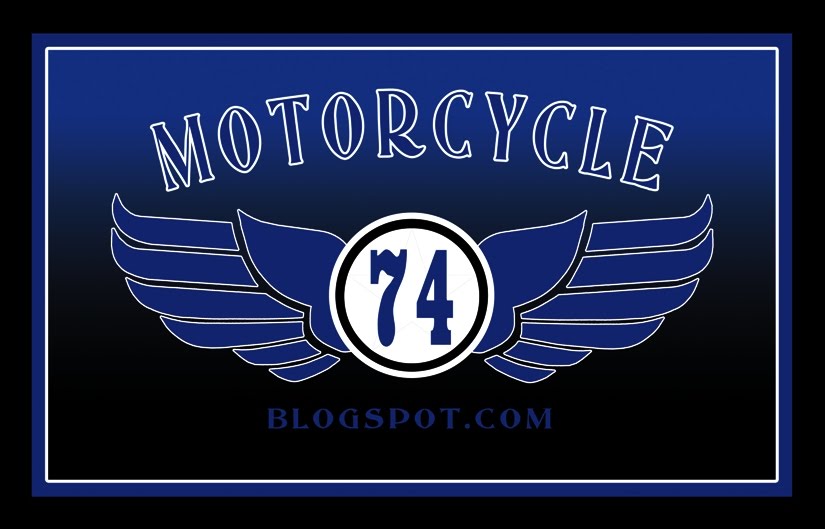
Honda has released images of several new eco-friendly two-wheelers it will present at the Tokyo Motor Show later this month, including the EV-Cub electric motorcycle, the EVE-neo electric scooter and its previously-announced PCX global scooter, the first two-wheeler to employ an 'idling stop system'. The most interesting of the new eco-bikes is without doubt the EV-Cub, which employs what appears to be car2car and car2driver communications dubbed HELLO! (Honda ELectric mobility LOop) and a LOOP portable communication tool that fits in the palm of one’s hand and “allows people and mobility devices to communicate with each other.” The EV-Cub also appears to have electric motors in both front and rear wheels, indicating that it is almost certainly a two-wheel-drive (2WD) motorcycle. 2WD motorcycles are expected to become commonplace in the future as, like their 4WD automotive cousins, they offer traction advantages on loose surfaces and wet roads and improve rider safety, especially for learners.
Yamaha, Ohlins, Christini and KTM have been working on 2WD systems for motorcycles for almost a decade and have independently reported that the systems offer significant advantages for non-expert riders.
Honda’s press statement gives no clue to the EV-Cub’s technologies other than stating it’s an electric motorcycle, and will use Honda’s HELLO and LOOP systems.
The EV-Cub is also much thinner than a normal motorcycle, presumably making full use of an electric motorcycle’s lower power by requiring it to push around as little weight as possible.
Honda has previously indicated that it will have an electric motorcycle on the market by the end of 2010, so it’s reasonable to assume that although the machine is dubbed an exhibition vehicle, it’s a good guide as to what we can expect within 12 months.
PCX with 'idling stop system'
The PCX is equipped with a newly-developed low-friction, water-cooled, 4-stroke, single-cylinder 125cc engine and is capable of achieving excellent fuel economy of approximately 50km/liter (ECE 40 MODE) according to Honda. The 'idling stop system', which automatically stops the engine when the motorcycle comes to a temporary stop, was adopted to improve fuel economy.
To be manufactured in Thailand, the PCX conforms the current exhaust emission standards in Japan, Europe and the U.S. by employing Honda’s PGM-FI electronic fuel injection system and a catalyst device in the muffler.
In addition to having the first stop-start system on a motorcycle, the PCX employs Honda’s ACG starter which combines a cell motor and alternating current generator and can be incorporated into a compact engine size as well as significantly reducing starting noise.
Finally, all PCX models will be equipped with the CBS (Combined Brake System for the front and rear wheels) and will be introduced not just to Asian market countries, but also to Japan, Europe and the U.S. as an affordable commuter model.
The EVE-neo
Nothing is known of the EVE-neo electric scooter other than that it “achieves clean and tough performance that only an electric-powered scooter can provide”. Images of the EVE-neo can be found in the image library.
Text: Mike Hanlonand
Image: www.gizmag.com




















































